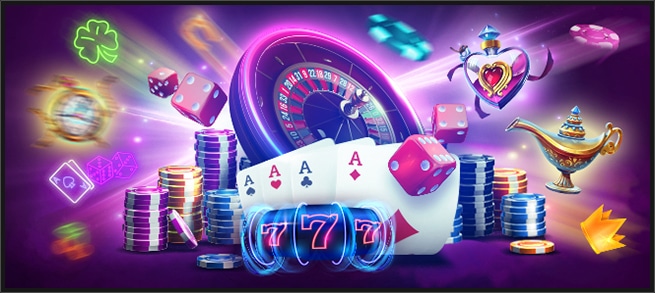
Casino games have been a source entertainment and excitement for numerous players around the globe. One of the key components that renders these games engaging is the diversity of cards used in various kinds of games. Understanding the different kinds of cards can improve your experience and improve your gameplay approaches. Whether you are drawn to classic card games like poker and blackjack or modern casino offerings, each game relies on a unique set of cards that affects the rules and the rhythm of play.
In casino environments, cards appear in several forms, each designed to meet the requirements of specific games. From standard decks to custom card variations, the diversity plays a key role in shaping the mechanics of each game. By acquainting yourself with these cards and their uses, you can gain deeper insights into the games and make better decisions at the table. This knowledge not only enhances your overall gaming experience but also adds to a higher-level approach to your chances of success.
Types of Playing Cards
When discussing casino games, the type of playing cards used can greatly impact the flow of the game and tactics. The most common deck is the standard 52-card deck, which consists of 4 suits: hearts. Each suit contains 13 ranks, from Ace to king. This standard deck is essential in numerous games, such as black-jack, where players aim to form the best hand possible or approach 21 as they can.
Some casino games use unique decks specifically designed for those games. For instance, the well-known game of baccarat often employs multiple decks shuffled together, typically six or eight. This not only increases the complexity of the game but also impacts betting strategies, as players must account for the increased number of cards in play. Additionally, some games may bring in joker cards or wildcards, adding further diversity and thrill to the gaming experience.
In niche games, specialized decks may come into play. For example, in games like Bridge or Pinochle, participants might use specific rules with different card values or roles. These variations keep the gameplay new and allow for diverse strategies to appear. Understanding the various types of playing cards and their particular uses in various casino games is key to enhancing one’s gaming experience and improving overall performance at the tables.
Deck Modifications in Casino Activities
In casino games, the kind of set of cards utilized can significantly impact both the gameplay and the tactics used by participants. Most traditional card games, such as 21 and five-card draw, typically use a standard 52-card deck. However, modifications do exist where extra wild cards or even several decks are used. For instance, in blackjack, some casinos may employ one to eight decks, which can change the probabilities and the fundamental tactics required to play optimally. Players must be cognizant of the deck makeup, as it influences the casino advantage.
Another frequent variation in gambling card activities is the use of specialized or specialized decks. For example, some five-card draw activities might use a set of cards that includes unique images or patterns, which can enhance the atmosphere at the gaming table. ga179 xyz These specialized packs often serve to distinguish between different play formats or loyalty programs within the casino. While the standard guidelines of the activity remain the same, the visual appeal can influence participant involvement and satisfaction.
Lastly, the shuffling methods used with different types of packs can also impact gameplay. Gaming establishments often make use of automatic mixing machines that can randomly shuffle multiple decks effectively, making card counting more challenging. The frequency and method of shuffling can differ widely based on the game and the casino’s policies. Understanding these card modifications is important for any player looking to enhance their tactics and overall satisfaction in gaming activities.
Significance of Cards Values
In casino games, the worth of every card plays a key role in influencing the result of different games. Various games assign unique worths to cards, influencing tactics and player decisions. For example, in blackjack, cards ranging 2 through ten are rated at their actual value, while face playing cards hold a worth of 10, and the ace can be valued alternatively one or 11. Grasping these worths allows players to make informed decisions during play, boosting their odds of success.
In the same way, in poker, the significance of card values extends to hand and combination rankings. High-value cards can form stronger hands, such as pairs, straights, or flushes, which are essential for success in the game. Gamers must consider not only their own cards but also possible hands their rivals might hold. This tactical complexity adds thrill and challenge, making card worths a important element in poker’s appeal.
Moreover, the psychological element of card worths cannot be ignored. Gamers may use the awareness of playing card worths to bluff or confuse their opponents. By grasping how a card’s worth can impact the game’s mechanics, gamers can more effectively handle risks and gains, creating a thrilling environment in gaming games. Whether competing for fun or for real cash, knowledge of card values significantly affects the overall playing encounter.